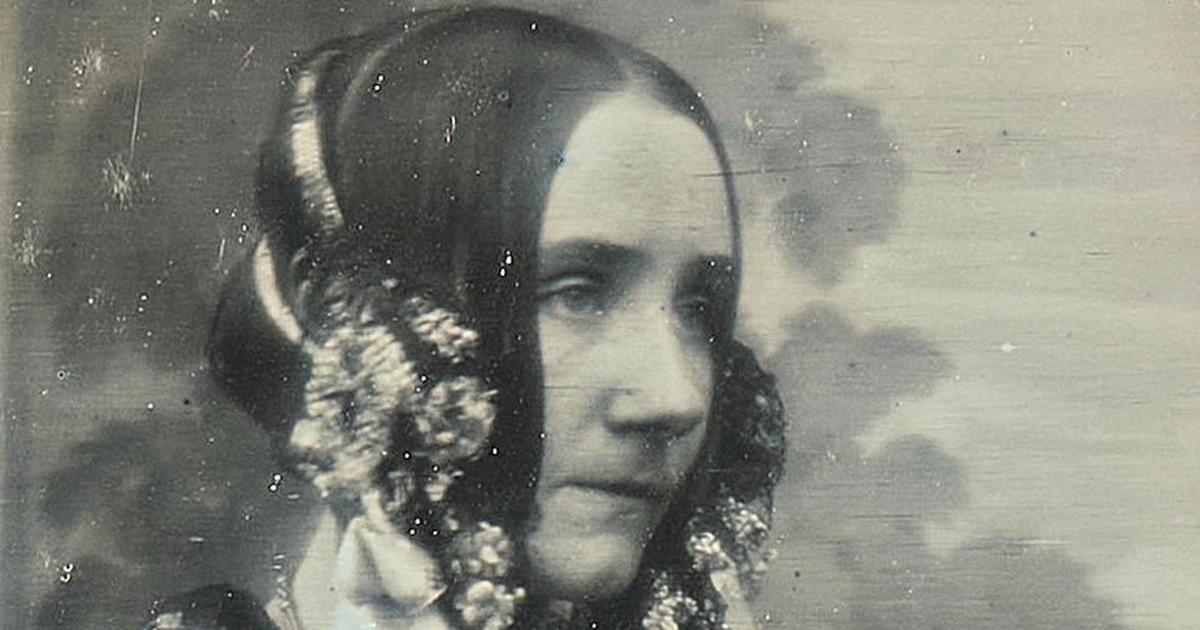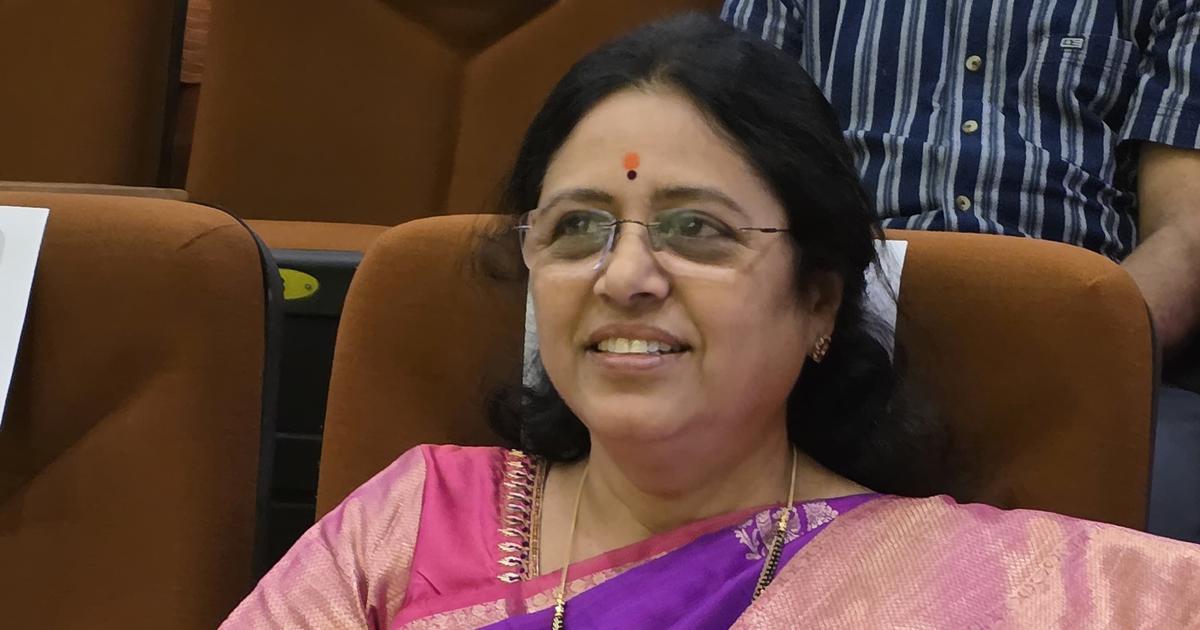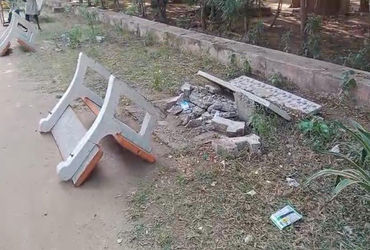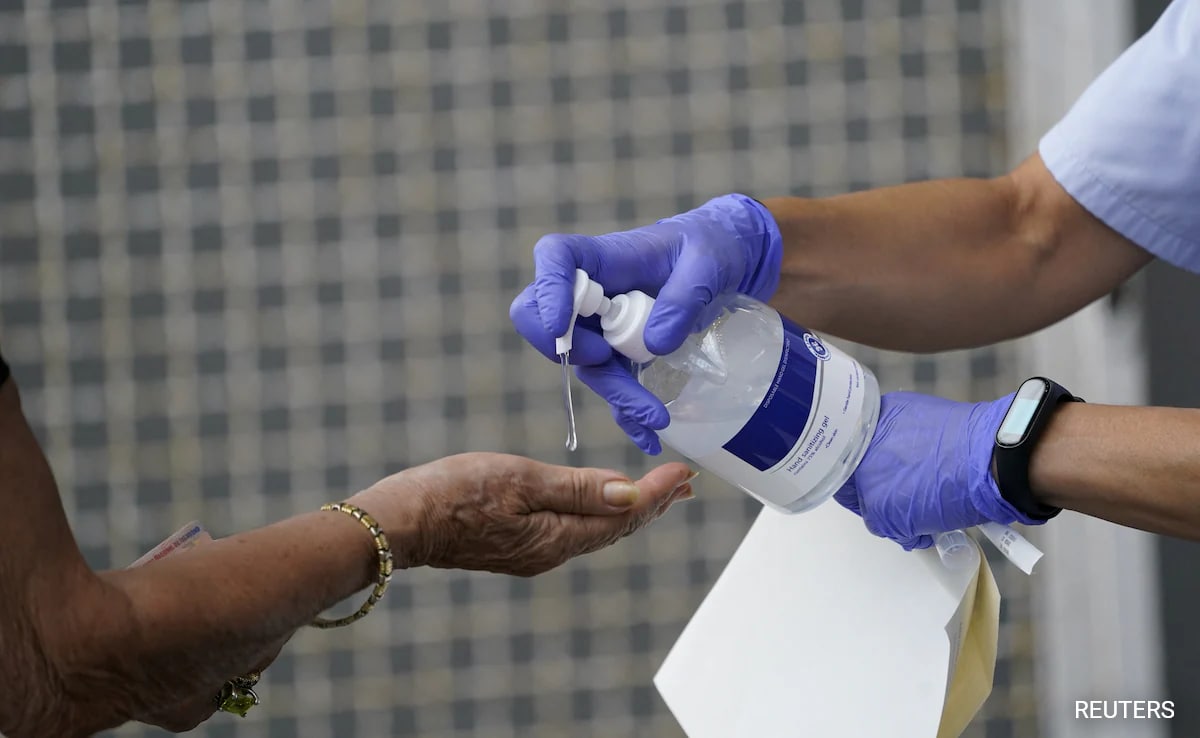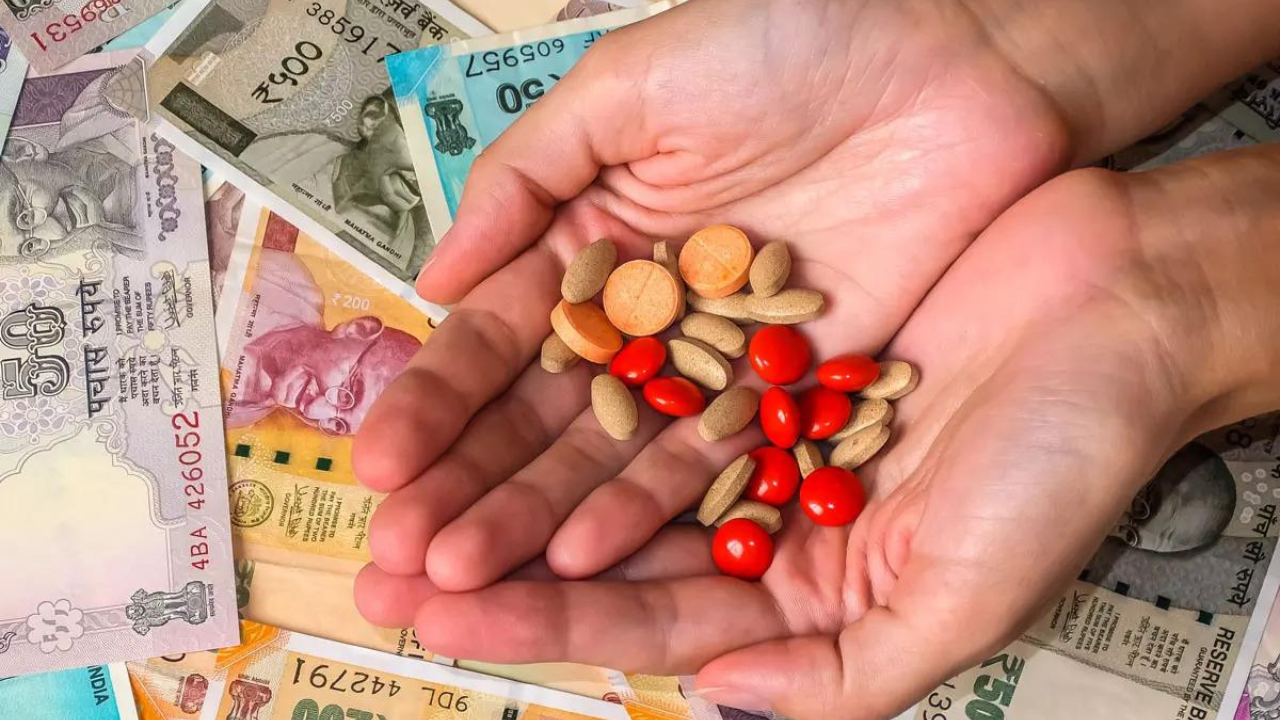Indian states are racking up debt, but it’s a problem if they can’t manage their economies

Join our WhatsApp Community to receive travel deals, free stays, and special offers!
- Join Now -
Join our WhatsApp Community to receive travel deals, free stays, and special offers!
- Join Now -

Hilly states, such as Arunachal Pradesh, have large government debt to Gross State Domestic Product Ratios, which is the ratio of their debt to the total value of all goods and services produced in the state in a year.
But it is the quantum of debt of large states – Punjab, West Bengal and Rajasthan – along with the kinds of expenditure that this money is used for, that make these states a greater risk for fiscal stability, data shows and experts say.
Twelve hilly states (Jammu and Kashmir, Ladakh, Uttarakhand, Himachal Pradesh, Arunachal Pradesh, Manipur, Meghalaya, Mizoram, Nagaland, Sikkim, Tripura and Assam) combined have a total debt of Rs 6.11 lakh crore, compared to Punjab’s debt of Rs 3.78 lakh crore, West Bengal’s debt of Rs 7.14 lakh crore and Rajasthan’s debt of Rs 6.37 lakh crore.
These three states also consistently exceed safe debt-to-GSDP thresholds – Rajasthan at 35.8%, Punjab at 46.6% and West Bengal at 38%, meaning that their total outstanding debt is large relative to the size of its economy.
They also struggle with weak revenue mobilisation, rising interest burdens, and low capital expenditure. Experts warn that these structural issues make their debt far less manageable than that of smaller hilly states.
State’s debt to GSDP ratio
The five Indian...
Read more
What's Your Reaction?
 Like
0
Like
0
 Dislike
0
Dislike
0
 Love
0
Love
0
 Funny
0
Funny
0
 Angry
0
Angry
0
 Sad
0
Sad
0
 Wow
0
Wow
0

